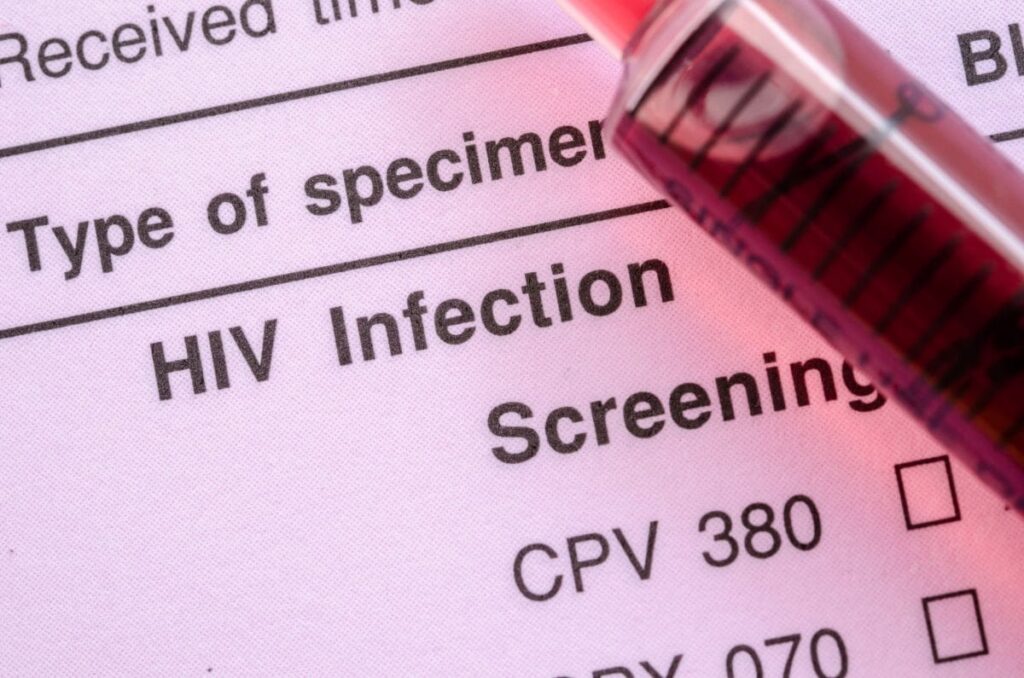What’s the hepatitis burden in India?
Less than one tenth of people infected with hepatitis are aware of it – and fewer than a tenth of those who are aware receive the necessary treatment. These were the grim figures issued by Dr Poonam Khetrapal Singh ahead of World Hepatitis Day this year. Dr Singh – the World Health Organization (WHO) Regional …











